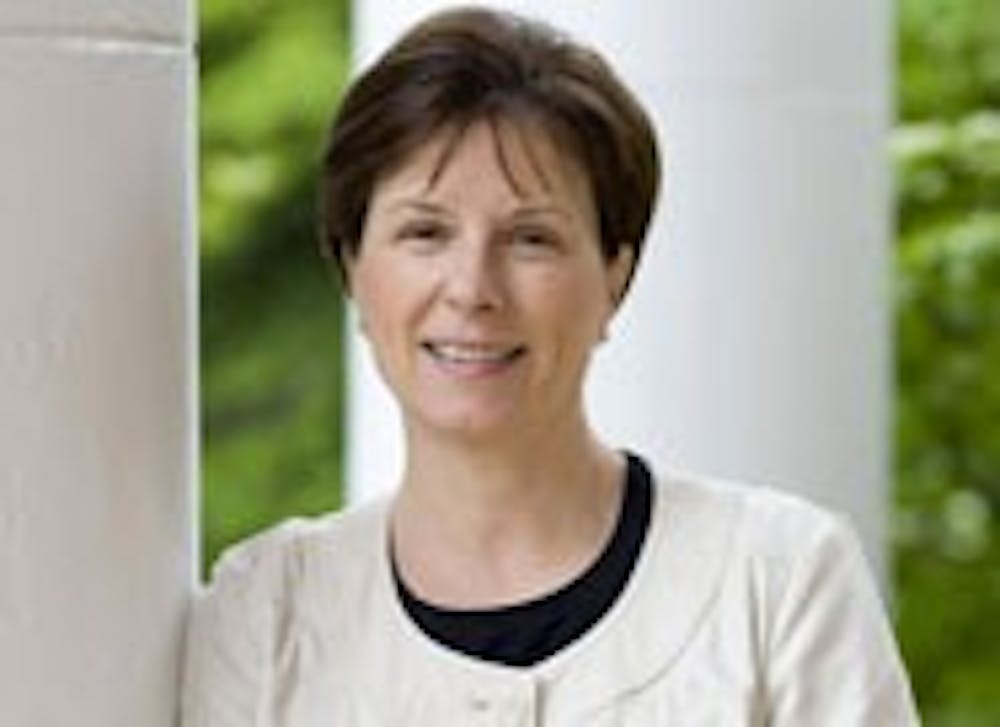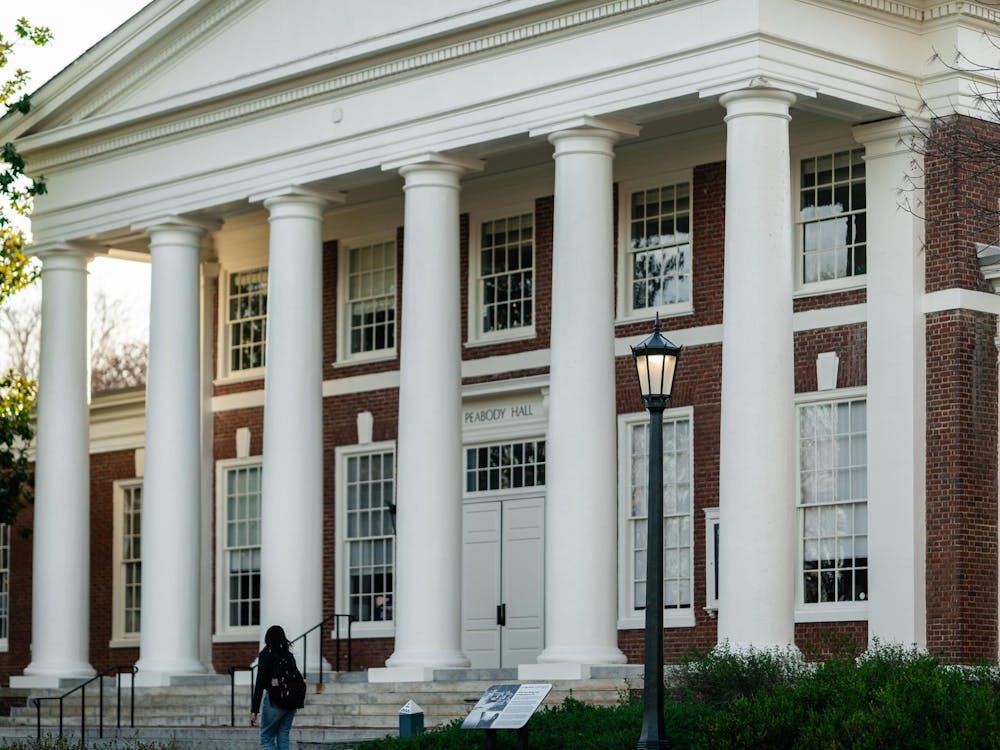The University would pay an additional $5 million per year to the Virginia Retirement System fund under proposed 2014 budgetary legislation in the Virginia General Assembly — an increase that will likely be offset by an increase in tuition rates at the graduate and undergraduate levels.
Since the 2008 financial recession, the VRS has not been completely funded, according to Colette Sheehy, University vice president for management and budget. At present, the fund is approximately 65 percent subsidized.
“Funding the VRS has been a fairly large priority since the recession,” she said. “If everybody retired today and tried to draw all their benefits, there might not be enough money there.”
Under legislation passed two years ago, the state aims to restore the VRS to 100 percent funding by 2018. Currently, the House has proposed a $138 million revenue reserve. The reserve would both keep the plan on track if state revenue decreased and accelerate the program to finish in 2016 if revenue stays steady or improves, Sheehy said.
Under the proposed legislation, the University’s contribution to the plan would increase from 8.7 to 12.3 percent on July 1, with the employee contribution remaining at 5 percent.
According to Sheehy, the majority of University faculty do not use the VRS plan, which is a defined benefit pension plan. About 85 percent of faculty use a defined contribution plan, which is similar to a 401k.
Though an increase in contribution was expected, it is still a significant cost which would impact 2014-15 tuition rates, Sheehy said.
“It was considered as part of what we were doing with graduate tuition, as well as what will be considered in April with undergraduate tuition,” she said. “It is a big cost. It’s a big jump in the rate.”
Sheehy and her colleagues have projected the $5 million hike will impact tuition hikes by 1.4 percent. The University hopes to see the fund fully replenished to provide stability to faculty and staff retirement plans.
“For the benefit of our employees, we’d like to see a plan fully funded,” she said. “The sooner they can get to 100 percent certified rate, the better off the whole plan is going to be.”







